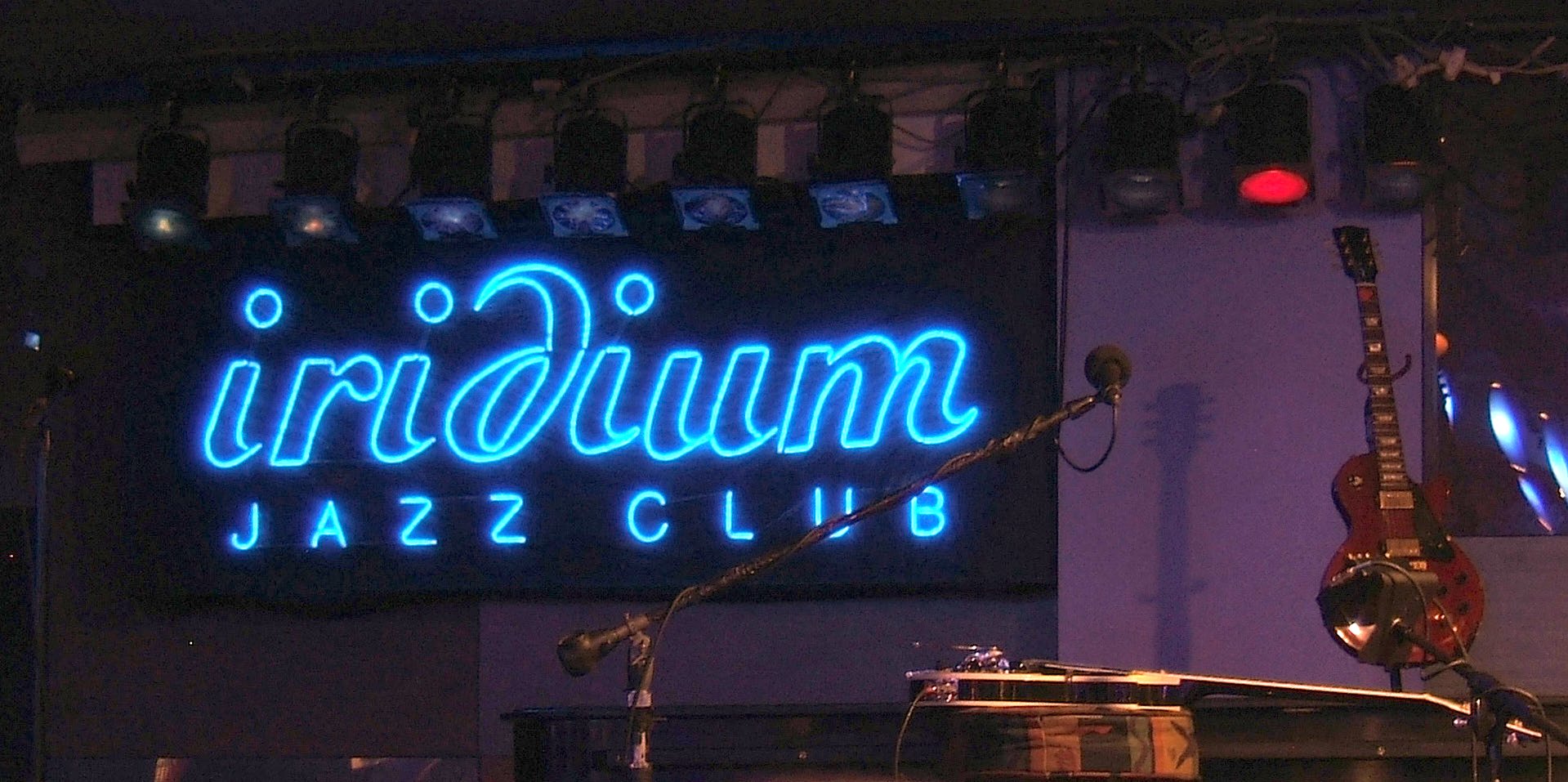In June, Japan’s hydrogen strategy took a decisive green turn when METI rewrote the 2017 Basic Hydrogen Strategy in order to reflect the International Partnership for Hydrogen and Fuel Cells that seeks to reduce hydrogen’s carbon footprint. METI’s previous stance was that hydrogen of any color was useful in cutting emissions, but now, it leans towards green hydrogen as the optimal solution.
The revised Basic Hydrogen Strategy also introduced a new target for green hydrogen production: 15 GW of renewable-driven electrolyzer capacity by 2030. This is a major leap from the present 14 MW. However, the 15 GW goal brings significant challenges.
One of the most widespread electrolysis technologies globally is proton electrolysis membrane (PEM), but one crucial item in this process is provided by the precious metal iridium. Cost is not even the main issue. The most serious problem is iridium’s severe scarcity amid rapidly growing global demand. In order to satisfy its appetite for PEM systems, Japan alone will need one third of the current total global mined iridium production.
Another problem is the significant carbon footprint of iridium mining, an inconvenient fact that many would prefer to sweep under the rug. It’s estimated that there’s 3,289 tons CO2-equivalent emissions for one ton production of platinum group metals, which includes iridium. Finding solutions to iridium supply and emissions will be fundamental challenges in the growth of green hydrogen in Japan and globally.

